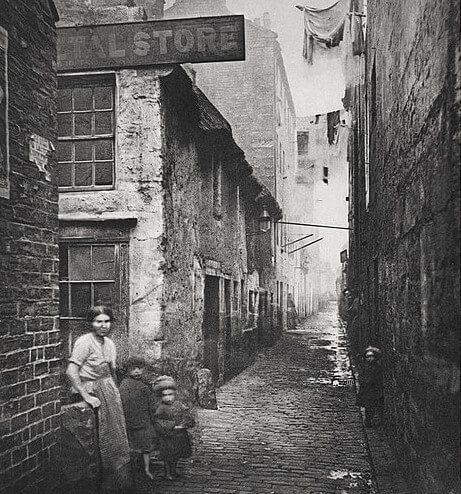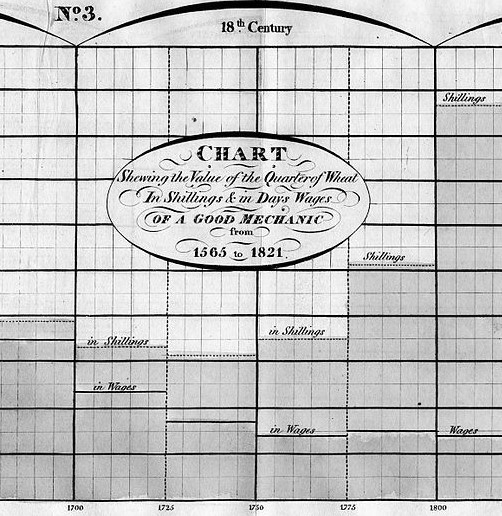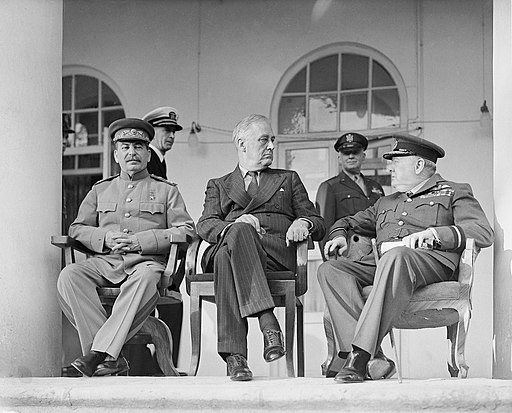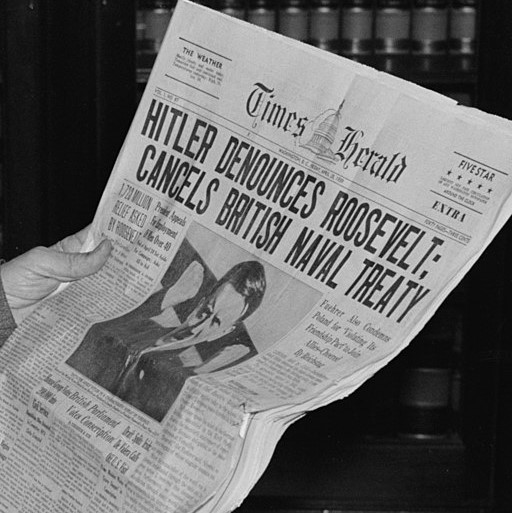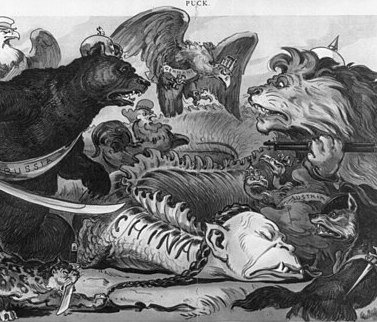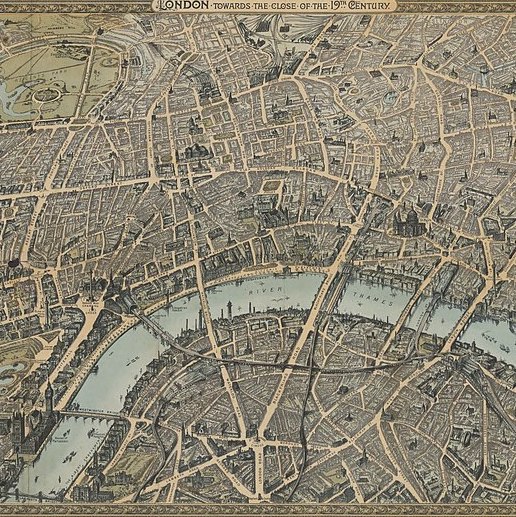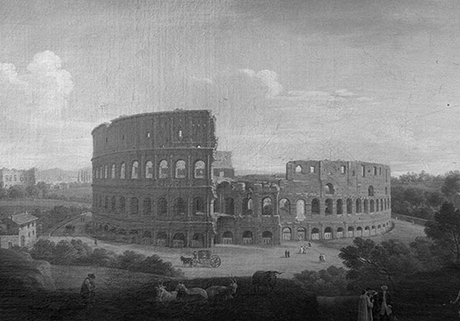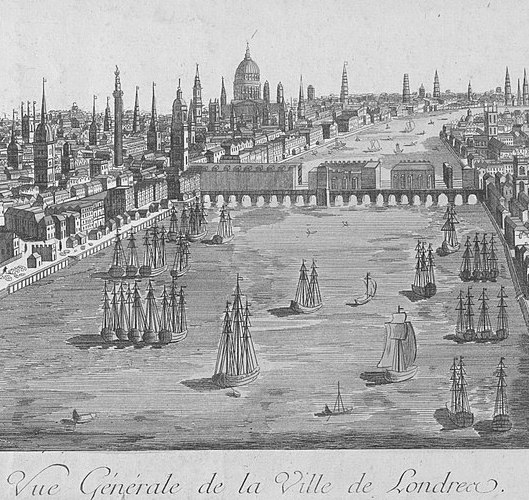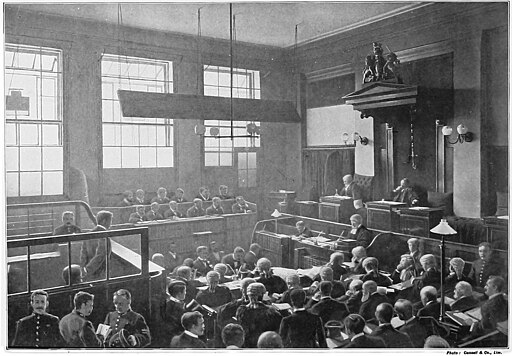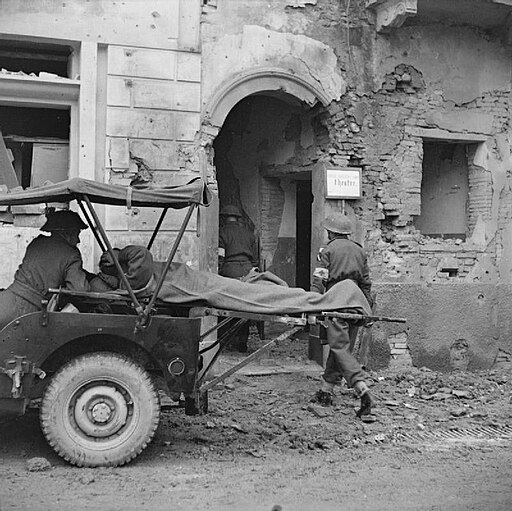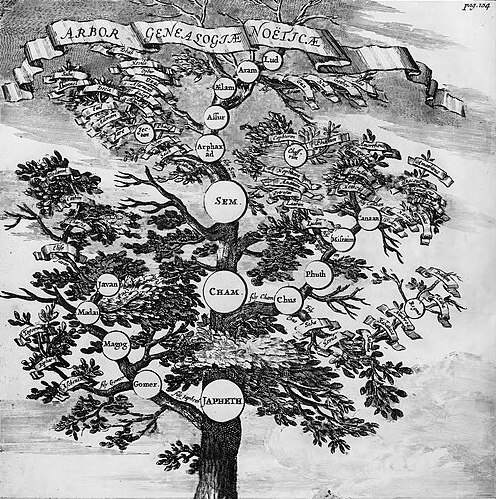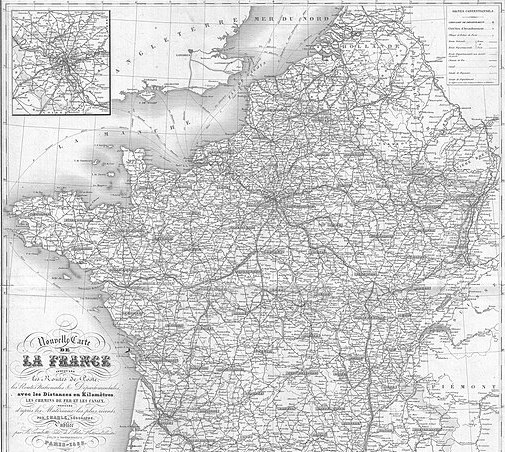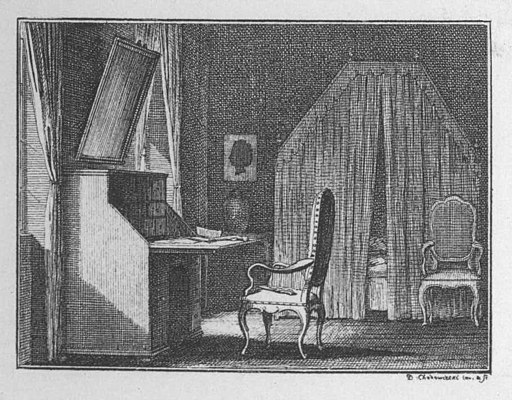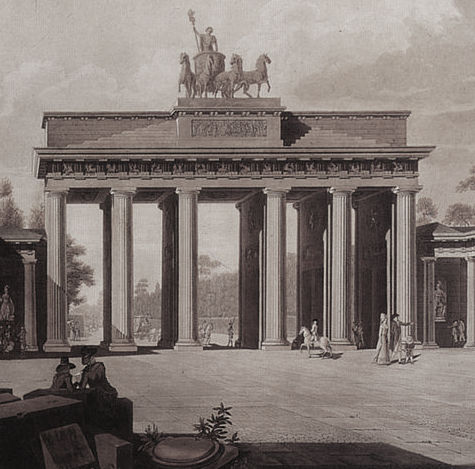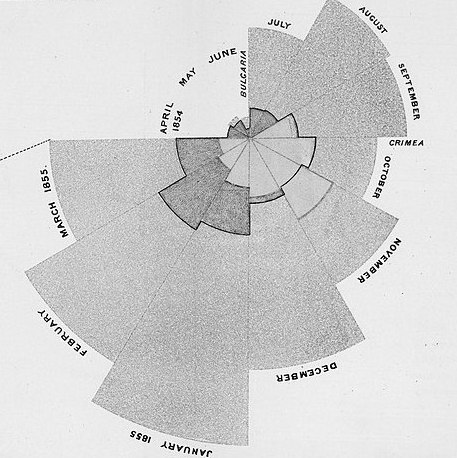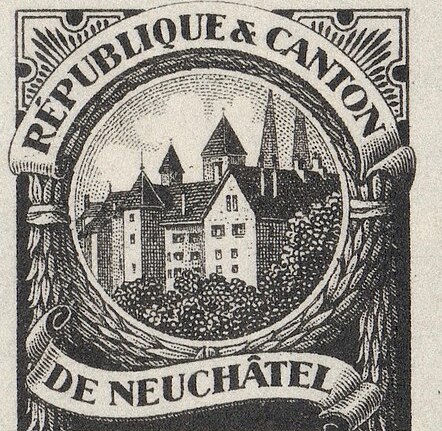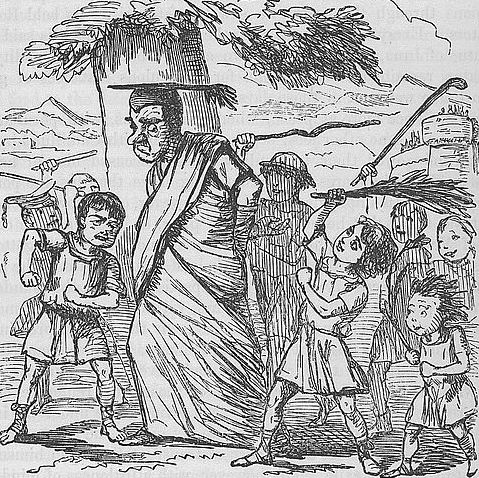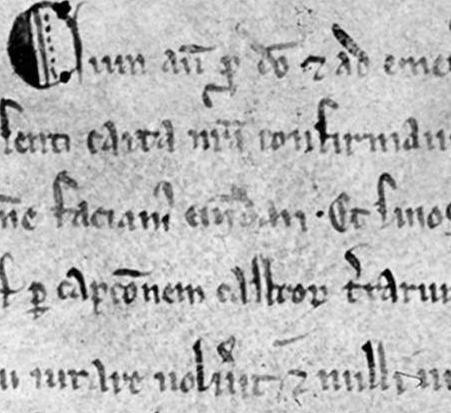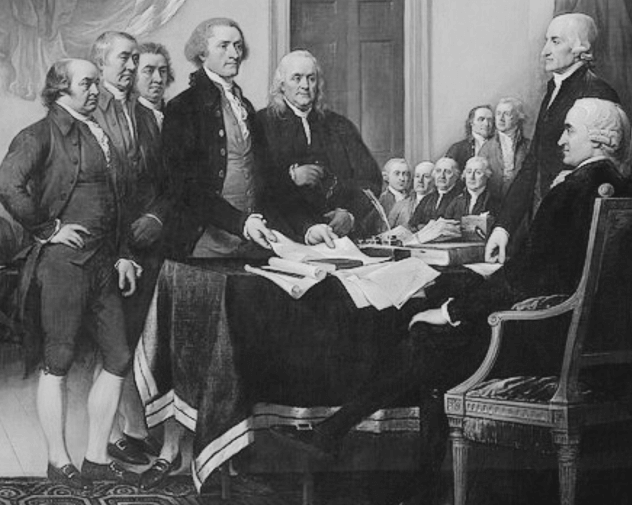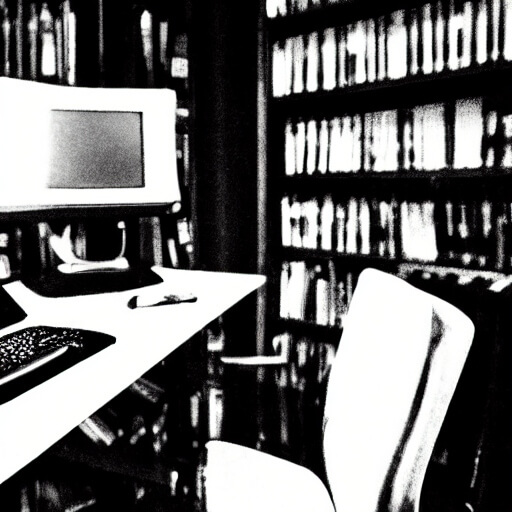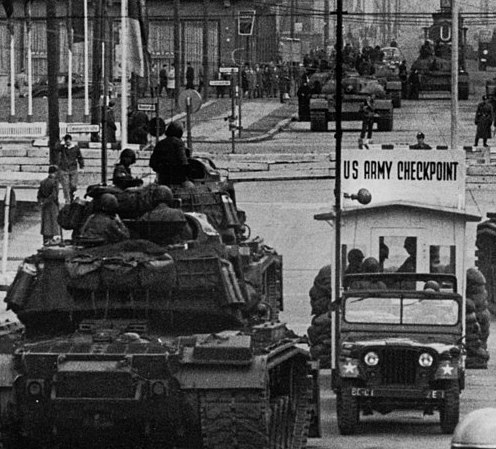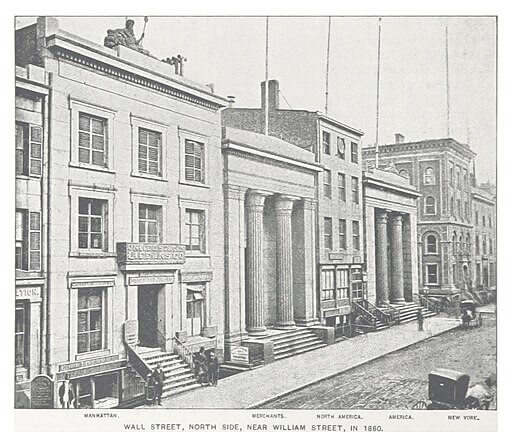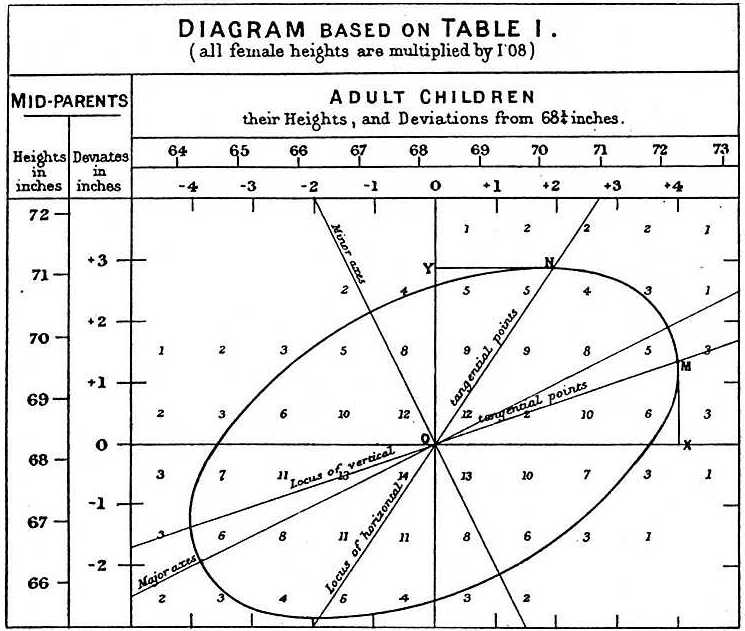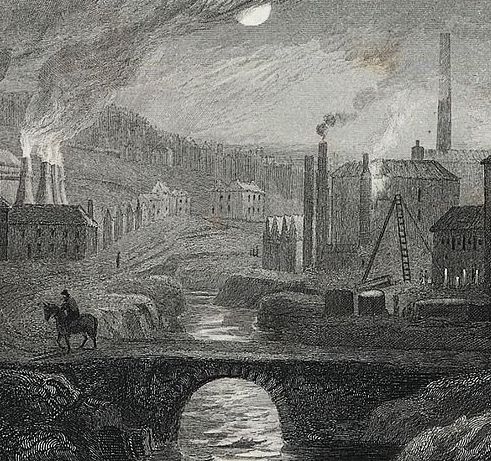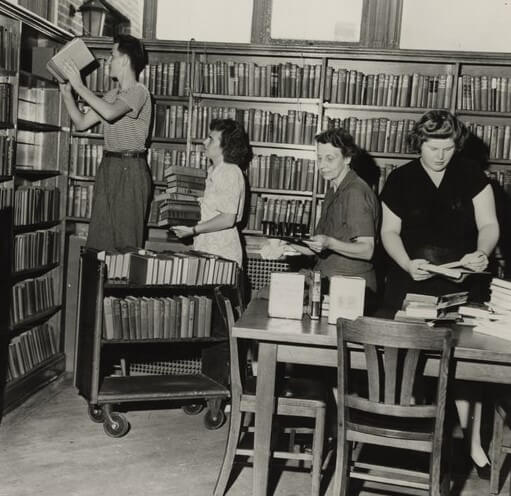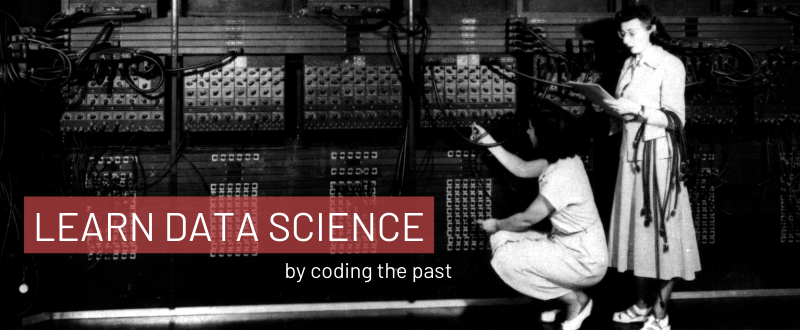
Dive into our R and Python programming lessons, sharpen your analytical skills, and bring your insights to life with in-depth analyses and effective visualizations. Whether you are conducting historical research or you are an enthusiast eager to expand your knowledge base, here is the place where you transform your perspectives with the power of data science.
-
-
My Journey Learning R as a Humanities Undergrad
Discover how I learned R programming -
Understand geom_bar and its statistical transformations
Learn how to use the position and stat parameters to customize your bar plots. -
How to calculate Z-Scores in Python
Learn to calculate and visualize z-scores in Python. -
Sentiment Analysis in R
Learn how to perform sentiment analysis in R. -
How to webscrape in R?
Learn how to perform basic webscraping in R. -
R vs Power BI
Learn about the differences and similarities of R and Power BI. -
Treemaps In R
Learn what treemaps are, when to use them and how to plot them in R. -
Mastering Violin Plots in ggplot2 with Real Data
Learn how to create ggplot2 violin plots -
Explore art with SQL and pd.read_sql_query
Learn to prepare your data with SQL in Python -
Chi-square distribution and test in R
Find out whether or not there is an association between gender and verdicts in 18th-century London. -
How to Change Fonts in ggplot2 with Google Fonts
Explore 18th century London inquests using Google Fonts to improve your plots -
Harnessing AI in R and Python - Gather data with ChatGPT
Learn how to extract historical data from Wikipedia and transform it into organized R and Pandas dataframes. -
How to use R in Google Colab?
Explore the popularity of baby names over the last century in Google Colab; -
Mapping the Past - Geospatial Visualization in R
Explore France's past through geospatial techniques in R -
Master geom_smooth, cor.test, and stargazer in R - A Guide to Analyzing Data Relationships
Learn to evaluate the relationship between two variables in R -
When Numbers Meet Stories - an introduction to the synthetic control method in R
Learn about the synthetic control method and apply it to determine the impact of German reunification on West German GDP using the synth R package. -
Uncovering History with R - A Look at the HistData Package
Use HistData's collection of datasets to embark on your own journey into the past, uncovering trends and stories that have shaped our world. -
Checking normality in R
Learn what is and how to identify data that is normally distributed. -
How to calculate and visualize Z scores in R
Learn to calculate and visualize Z scores in R. -
Understand TF-IDF in Python
Learn the difference between term frequency and TF-IDF and how to use them in Python. -
Text Data Visualization
Learn to analyze and visualize text data -
What are the digital humanities?
Learn about what digital humanities really are and their applications. -
Learn To Use scale_color_brewer To Change Colors In ggplot2
Use RColorBrewer to choose professional color palettes. -
Storytelling with Matplotlib - Visualizing historical data
Use Matplotlib to plot and highlight elements in historical trends in 8 steps. -
R programming for climate data analysis and visualization
Learn the basics of linear regression models and how to use them to study the relationship between two variables. -
Climate data visualization with ggplot2
Would you like to contribute to raise awareness about global warming? In this lesson you will learn how to create your own ggplot2 themes to code compelling plots showing historical weather data. -
Discovering historical datasets for your research
Learn about great websites to find reliable historical data and how to load it in R and Python.
*Cover images are all in public domain (available at Wikimedia Commons) or AI generated.


